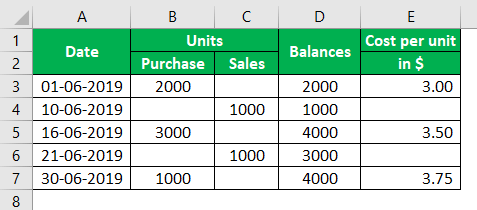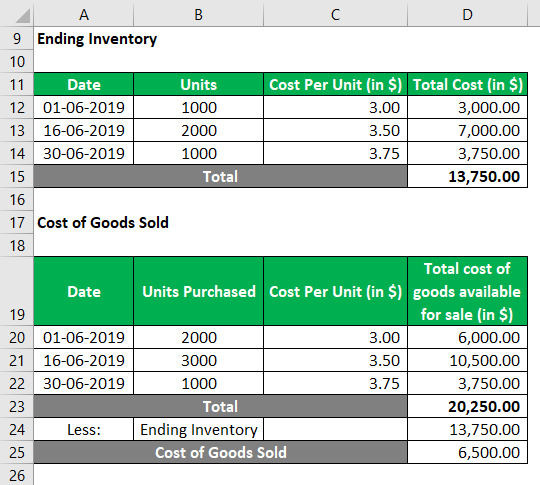
What is a Specific Identification Method?
The Specific identification method is a technique of inventory valuation in which each item is tracked right from the time the item is purchased until the time it is sold. This method is applied where it is easy to identify separate inventory items through bar code, RFID tag, stamp receipt, unique serial number, or any other source.
Explanation
The feature of individual tracking is what distinguishes specific identification methods from last in first out (LIFO) and first in first out (FIFO) methods in which inventory items are grouped based on the time of purchase and cost. The specific identification method is mostly used for expensive or high price items like jewellery, furniture, vehicles, etc.
This method tracks individual inventory items, and therefore, it helps in the efficient management of the inventory. Also, it helps in the accurate calculation of ending inventory cost and the cost of goods sold. Though large organizations can easily use this method as they generally have electronic tags, which can help in their individual tracking, the method is more common in small organizations where it is easier to identify and count the items.
Example of Specific Identification Method
Below is the example of Specific Identification Method:
Here are the details of purchases and sales of XYZ company:
The inventory manager suggests that the closing inventory of 4000 units includes 1000 units from the purchases on 01-06-2019, 2000 units from purchases made on 16-06-2019, and 1000 units from the purchases made on 30-06-2019. This is an example of the specific identification method as the manager identifies the specific lot of items that form part of the closing stock.
Accordingly, the ending inventory cost and cost of goods sold can be calculated.
Specific Identification Method Requirements
There are some requirements for the implementation of the specific identification method in an organization as follows:
- The company should be able to track each individual item separately either through paper serial numbers on each item or maybe radio frequency identification tags (RFID tags).
- The company has an appropriate accounting system that identifies each inventory item’s purchase cost separately in the system generally associated with a tag or serial number.
- The company can relieve the cost of inventory items which is sold from the total inventory value.
Advantages
Some of the advantages are mentioned below:
- As discussed earlier specific identification method helps in calculating the accurate cost of inventory in the company.
- It helps in efficient inventory management as each item is individually tracked from the time it enters the company’s inventory until the time it is finally sold.
- Also, in the specific identification method, the flow of cost corresponds to the actual or physical movement of inventory, leaving little space for ambiguity.
Disadvantages
Some of the disadvantages are mentioned below:
- This method is time-consuming and requires a lot of manual effort.
- It is cumbersome for large organizations because each item needs to be associated with a tag or serial number to its cost through some unique identifier. In addition, due to a large volume of inventory, it becomes difficult for them to implement this method.
- The method is also very difficult to use on interchangeable goods wherein it becomes complex to attach shipping and storage costs to specific items.
Conclusion
The fact cannot be denied that the specific identification method is one of the important methods of inventory valuation. It is generally beneficial for start-ups or smaller businesses where they have a lower volume of inventory as well as sales. It helps them understand where the inventory item, i.e. on which stage and how much revenue has resulted from the sale of specific items in the inventory.
Recommended Articles
This is a guide to the Specific Identification Method. Here we also discuss the introduction and example of the Specific Identification method along with advantages and disadvantages. You may also have a look at the following articles to learn more –



